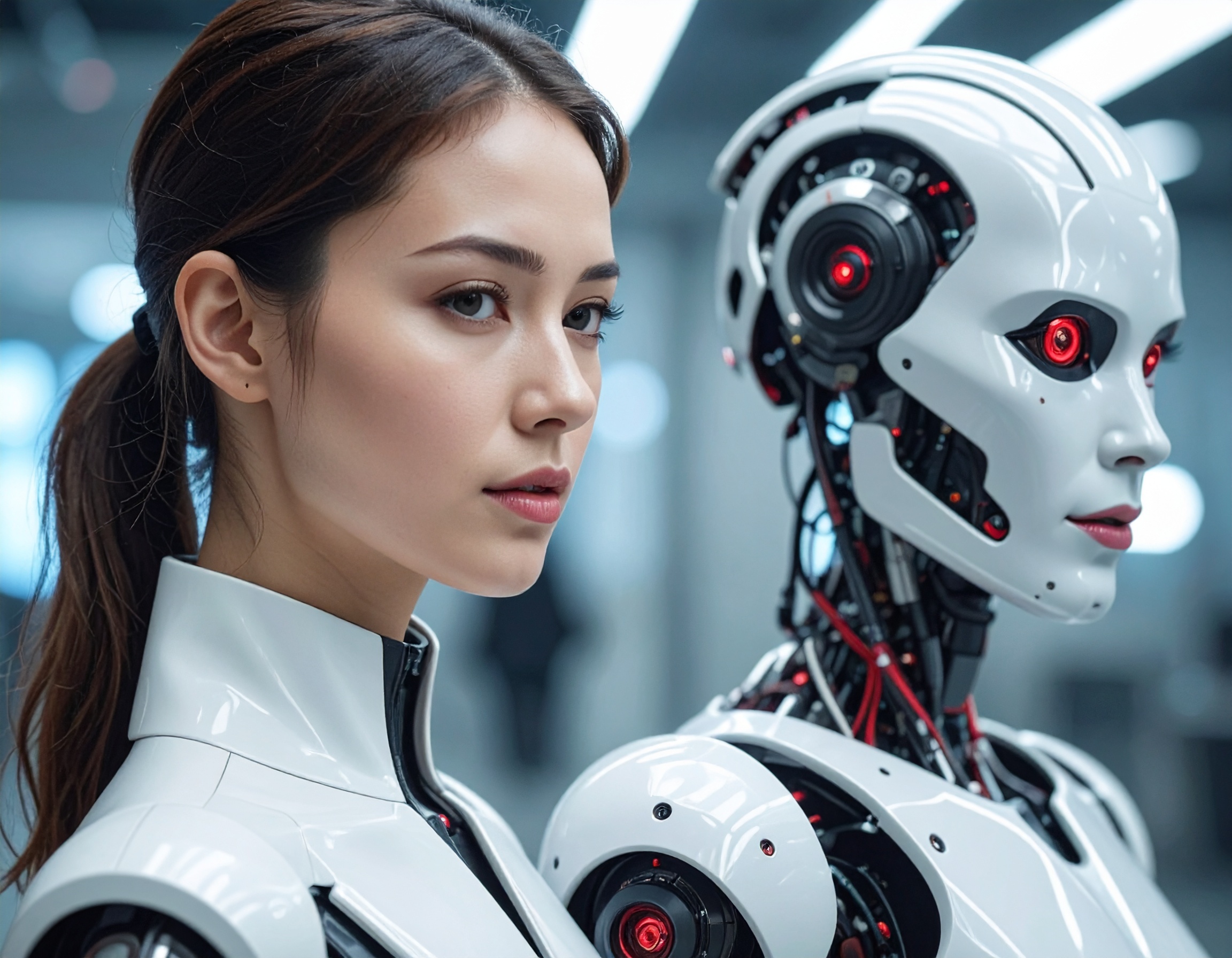Revolutionizing Robotics: A New Method for Teaching Digital Employees New Skills

In June 2024, researchers at Imperial College London and the Dyson Robot Learning Lab introduced a groundbreaking method called Render and Diffuse (R&D) to streamline the process of teaching robots new skills. This innovative approach, detailed in a paper on the arXiv preprint server, seeks to reduce the extensive human demonstrations typically required for robotic training, leveraging virtual 3D renders to unify low-level robot actions with RGB images.
During his internship at Dyson Robot Learning, Vitalis Vosylius, a Ph.D. student at Imperial College, played a pivotal role in developing this method. He emphasized that current robotic systems struggle with spatial generalization when objects are repositioned, a challenge R&D aims to overcome by allowing robots to predict actions based on visual renderings of their own movements. This process mirrors human learning, where individuals imagine movements rather than calculating precise limb movements.
Notable Examples and Evidence:
- Task Performance: The method was tested on six common tasks, including sweeping a cupboard and placing an apple in a drawer, showcasing improved performance and adaptability.
- Data Efficiency: R&D's use of virtual renders significantly decreases the amount of demonstration data needed, making robotic training more practical and less labor-intensive.
The introduction of R&D marks a significant step towards more intelligent, adaptable non-human workers capable of learning new tasks with minimal human intervention. This advancement could inspire future research combining this approach with large-scale image models, potentially enhancing robots' ability to reason and perform complex tasks.
This development is a testament to the growing capabilities of digital employees in handling everyday tasks, opening new possibilities for their application in various industries. The use of R&D could revolutionize how we train intelligent agents, making them more efficient and versatile in their operations.
Key Highlights:
- Unified Learning: R&D integrates robot actions with RGB images, enabling robots to 'imagine' their actions through virtual renders.
- Increased Efficiency: The method significantly reduces the need for large amounts of training data by improving spatial generalization capabilities.
- Practical Applications: Successfully applied to tasks like putting down a toilet seat and opening drawers, demonstrating its versatility.
Reference:
https://techxplore.com/news/2024-06-simpler-method-robots-skills.html#google_vignette


